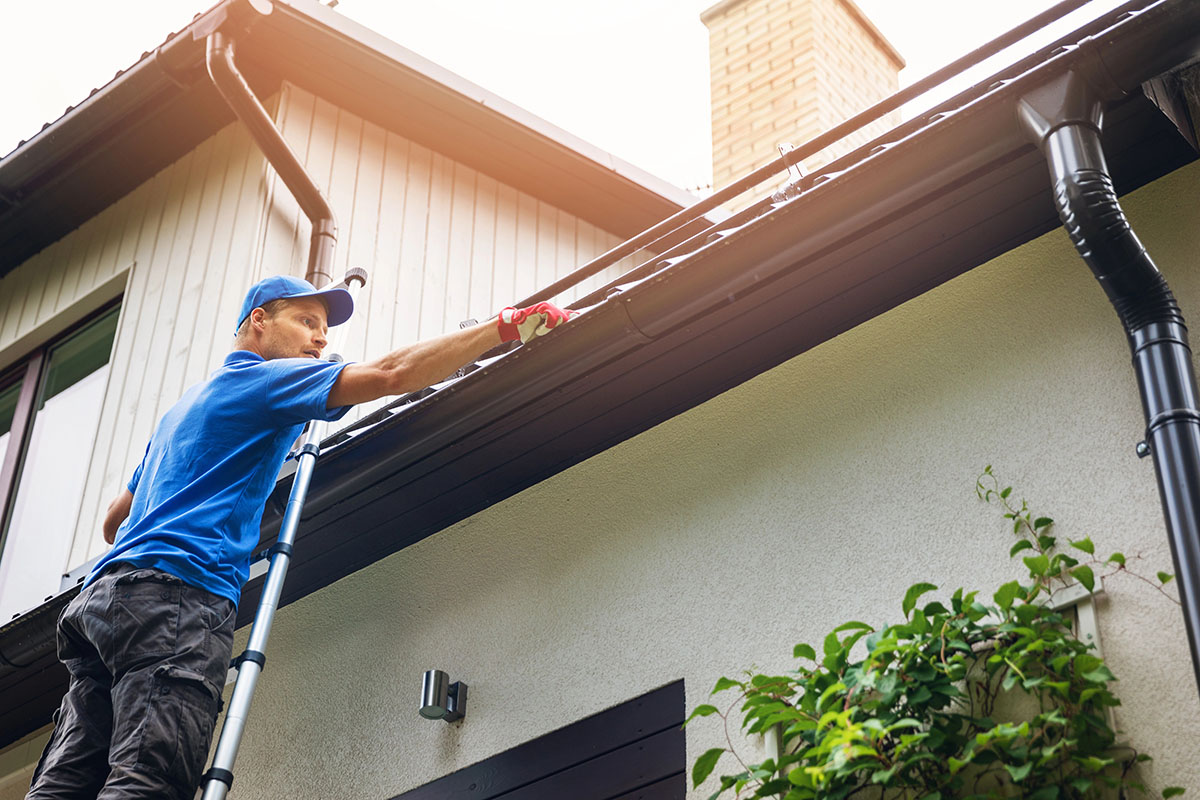After you’ve looked at the variety of homes for sale in Lockhart TX, carefully weighed your options, and finally found your dream home, it’s time to pack and prepare for your move. Moving during Texas summers demands more than just packing and lifting. The intense heat and humidity challenge even the most experienced movers. Below, we’ll be focusing on strategic planning and preparation to turn this daunting task into a manageable experience.
Key points to consider:
- Start early to avoid last-minute stress.
- Choose the right moving time to dodge peak heat.
- Equip yourself with hydration and cooling strategies.
These steps help you stay cool while relocating, ensuring safety and efficiency throughout your summer move.
Early Planning for a Stress-Free Summer Move
Planning early is fundamental for a stress-free summer move. Initiating the moving process at least 8 weeks in advance allows for ample time to organize all aspects of the relocation efficiently.
Declutter and Organize
It’s advisable to begin by decluttering and sorting belongings to streamline the packing process. This not only makes packing easier but also helps you decide what items you truly need to take with you.
Secure Professional Movers
Securing professional movers early, especially those experienced with navigating the challenges of Texas summers, for a more coordinated transition to your new home. Movers should understand the unique difficulties posed by the heat and can plan accordingly to make your move as comfortable as possible.
Scheduling Your Move to Avoid Peak Heat Hours
After exploring different homes for sale in Lockhart TX and finally securing your dream property, the next big step is planning your move. One of the smartest strategies is to schedule your moving time carefully. Advantages of scheduling moves early morning (around 7 a.m.) or late evening to avoid intense midday heat:
- Cooler Temperatures: Moving during the early morning or late evening allows you to take advantage of cooler temperatures before the sun is at its peak, reducing the risk of heat exhaustion and dehydration.
- Avoiding Midday Heat: By avoiding midday hours, typically between 10 a.m. and 4 p.m., you can minimize exposure to the most intense heat of the day, making the moving process more bearable and safer.
- Efficient Moving: Cooler temperatures can help you stay energized and focused, allowing for a more efficient and smoother moving experience without the added strain of extreme heat.
Hydration Strategies During Physical Labor in Hot Weather When Moving
Necessity of frequent hydration:
It’s integral to drink water regularly throughout the moving process to combat dehydration.
Electrolyte-rich drinks:
Consider adding electrolyte-rich beverages to your hydration plan to replenish essential minerals lost through sweating.
Hydration tips for movers:
-
- Encourage breaks for water consumption
- Provide a cooler with cold drinks on hand
- Remind everyone involved to sip water consistently
Smart Packing Tips to Minimize Physical Stress and Protect Belongings During a Summer Move
Packing efficiently not only safeguards your belongings but also reduces physical strain during a move. We have packing tips for hot weather, focusing on lightening your load and protecting items sensitive to high temperatures.
1. Declutter before packing
Sort through your belongings well ahead of moving day to donate, sell, or discard items you no longer need. This reduces the number of boxes and heavy lifting required, making your move more manageable under intense heat.
2. Distribute weight strategically
Large boxes should contain lighter items such as linens, pillows, or clothing. Avoid overpacking boxes with heavy objects that cause lifting strain and increase the risk of injury or exhaustion.
3. Label boxes clearly
Mark boxes containing fragile or heat-sensitive items so movers can prioritize their handling and placement in cooler areas during transport.
4. Use climate-friendly packing materials
Opt for breathable containers and avoid tightly sealed plastic bags that trap heat, which can damage electronics or delicate fabrics.
5. Separate essentials box
Pack a box with immediate necessities like water bottles, sunscreen, medications, and lightweight clothing to access quickly without unpacking everything.
Smart packing in heat demands forethought to protect possessions while maintaining your energy levels during laborious tasks. The right packing approach directly contributes to a smoother and safer summer moving experience.
Essential Moving Equipment Recommendations for Hot Weather Moves When Relocating
Using dollies and hand trucks can be incredibly beneficial when relocating in the scorching heat. Here are some key benefits:
- Reduce Physical Exertion: Dollies and hand trucks help minimize the strain on your body, especially when moving heavy items in extreme temperatures.
- Efficiency: These tools make it easier to transport boxes and furniture, allowing you to move more quickly and with less effort.
- Safety: By using dollies and hand trucks, you can avoid injuries that may result from lifting heavy objects in the intense heat.
- Convenience: They provide a convenient way to move belongings from your home to the moving truck, saving you time and energy during the relocation process.
Recognizing and Managing Heat-Related Illnesses During the Move
Identifying Signs of Heat-Related Illnesses:
- Watch out for early indicators like heat cramps, which manifest as muscle spasms due to dehydration and electrolyte imbalances.
- Be mindful of exhaustion symptoms such as headache, dizziness, and fatigue, signaling the body’s struggle to regulate temperature under intense heat.
- Be alert to severe cases like heatstroke, characterized by a high body temperature (above 103°F), confusion, nausea, and even loss of consciousness.
Immediate First Aid Response:
Cool-down Protocols:
- Move to a shaded area or indoors to lower body temperature.
- Apply cool compresses or ice packs to armpits, neck, and groin to aid in rapid cooling.
- Loosen tight clothing and allow for air circulation to support the body’s cooling mechanisms.
Hydration:
- Drink cool water or electrolyte-rich beverages to replenish fluids lost through sweating.
- Avoid sugary or caffeinated drinks that can worsen dehydration.
Seeking Medical Attention:
- If symptoms persist or worsen despite initial cooling efforts, seek urgent medical care.
- Heat-related illnesses can escalate rapidly and require professional intervention to prevent complications.
Remember, staying vigilant for early warning signs and acting promptly can prevent serious consequences of heat-related illnesses.
Post-Move Recovery and Unpacking Tips After a Summer Relocation
Moving during the scorching summer months can be challenging, but with the right strategies, you can make the process more manageable. Here are some effective post-move recovery and unpacking tips to help you settle into your new home comfortably:
1. Establish a Cool-Down Station
Set up a designated area upon arrival with cooling options like refreshing drinks and snacks. Providing a space where you can rest and rejuvenate after the move is essential for recovery.
2. Prioritize Unpacking
Start by unpacking essential items first, such as toiletries, bedding, and kitchen supplies. Focus on belongings that are sensitive to heat exposure to ensure their safety.
3. Rest Before Full Unpacking
Allow yourself and your family members some downtime to recuperate from the physical exertion of the move. Taking breaks and getting adequate rest will help prevent burnout and exhaustion.
Conquering the Texas Heat: A Refreshing Start to Your New Home
Remember to start planning early, pack smart, and stay cool for a seamless summer move. Establish a cool-down station with hydration options upon arrival to beat the heat. Prioritize unpacking essential items first and allow yourself enough rest before tackling the full unpacking process.
Stay safe and hydrated during the move, recognizing signs of heat-related illnesses promptly. By following these summer moving tips for Texas, you can guarantee a smooth and comfortable relocation despite the scorching heat. Whether you’re browsing homes for sale in Lockhart TX, searching for rentals in Lockhart, or working with trusted Lockhart realtors to find your dream home, these tips will help ensure a smooth move.
Frequently Asked Questions About Moving
What is the best timeline to start planning a summer move to reduce stress?
Starting your moving timeline at least 8 weeks ahead is essential for a stress-free summer move. Early planning allows you to book professional movers experienced with the heat and organize your packing and logistics efficiently.
When is the optimal time of day to schedule a move during the hot summer?
To avoid the intense midday heat, it’s best to schedule your move early in the morning around 7 a.m. or late in the evening. These times help you stay cool while relocating and minimize exposure to peak heat hours.
How can I stay properly hydrated during a physically demanding summer move?
During a summer move, frequent hydration with water and electrolyte-rich drinks is vital. This helps prevent dehydration and maintains energy levels during physical labor under hot weather conditions.
What packing strategies can minimize physical strain and protect belongings during a hot weather move?
Smart packing tips include decluttering before packing to reduce load and packing large boxes with lighter items to ease lifting strain. These strategies help minimize physical stress and protect your belongings from heat damage during a summer move.
What equipment is recommended for moving safely in the extreme heat?
Using dollies and hand trucks is highly recommended for hot weather moves. These tools reduce physical exertion under extreme heat, making your relocation safer and more efficient.
How can I recognize and manage heat-related illnesses during a summer move?
Be aware of early signs like heat cramps (muscle spasms), exhaustion (headache, dizziness), and severe symptoms such as heatstroke (high body temperature). Immediate first aid includes cooling down, hydration, and seeking medical attention if necessary to ensure safety during your move.




